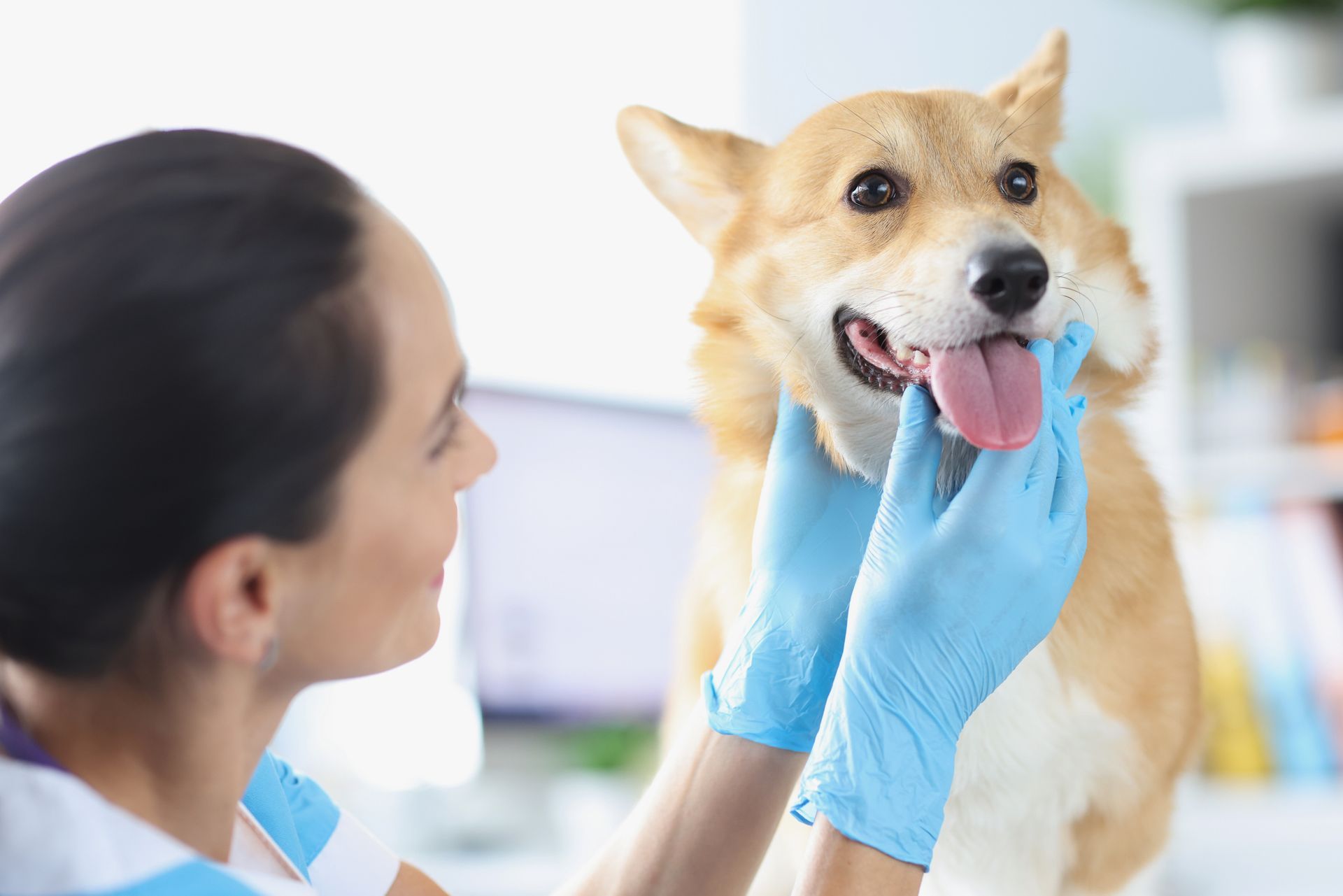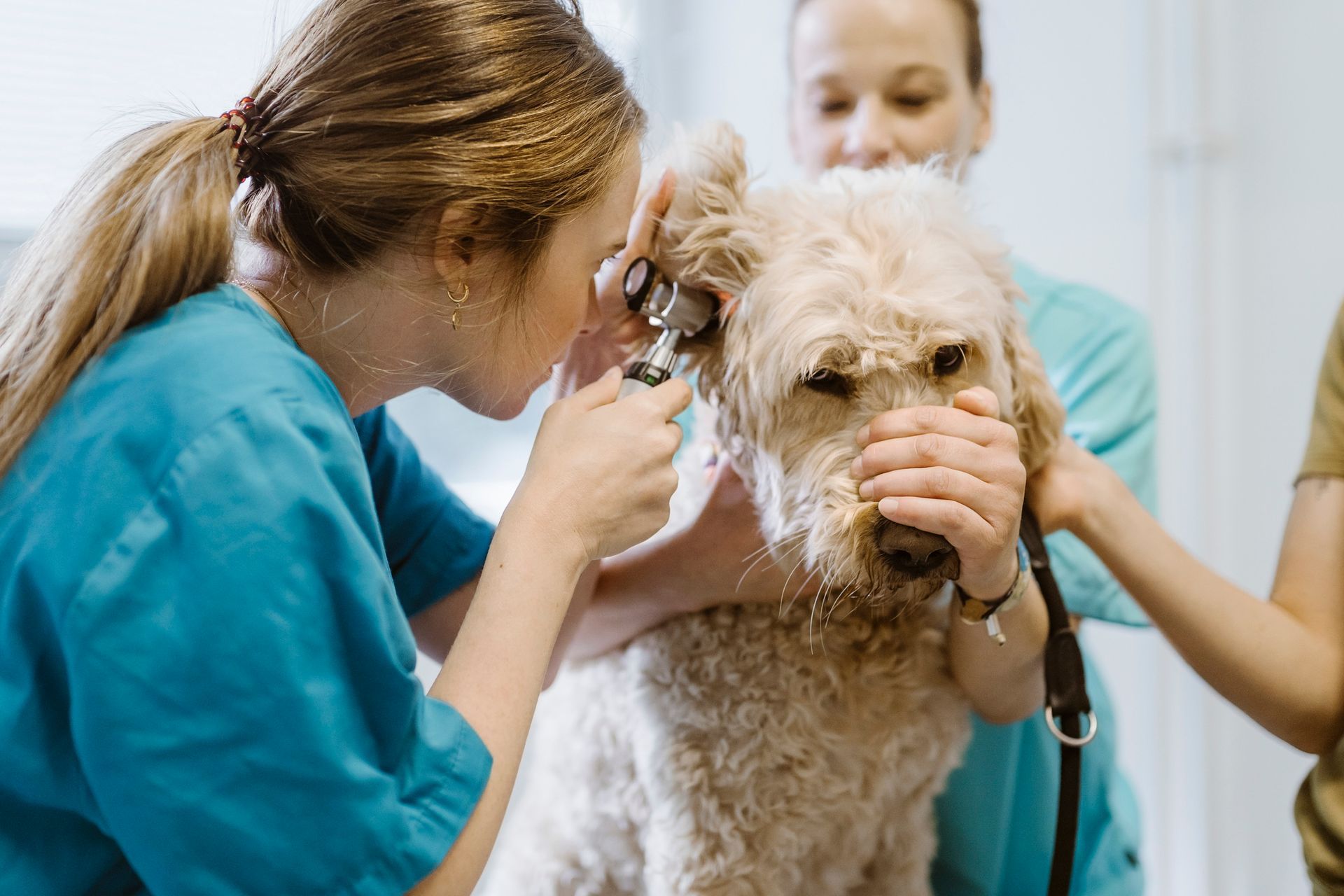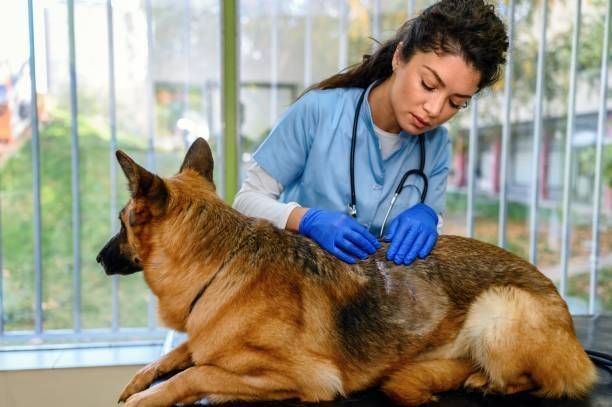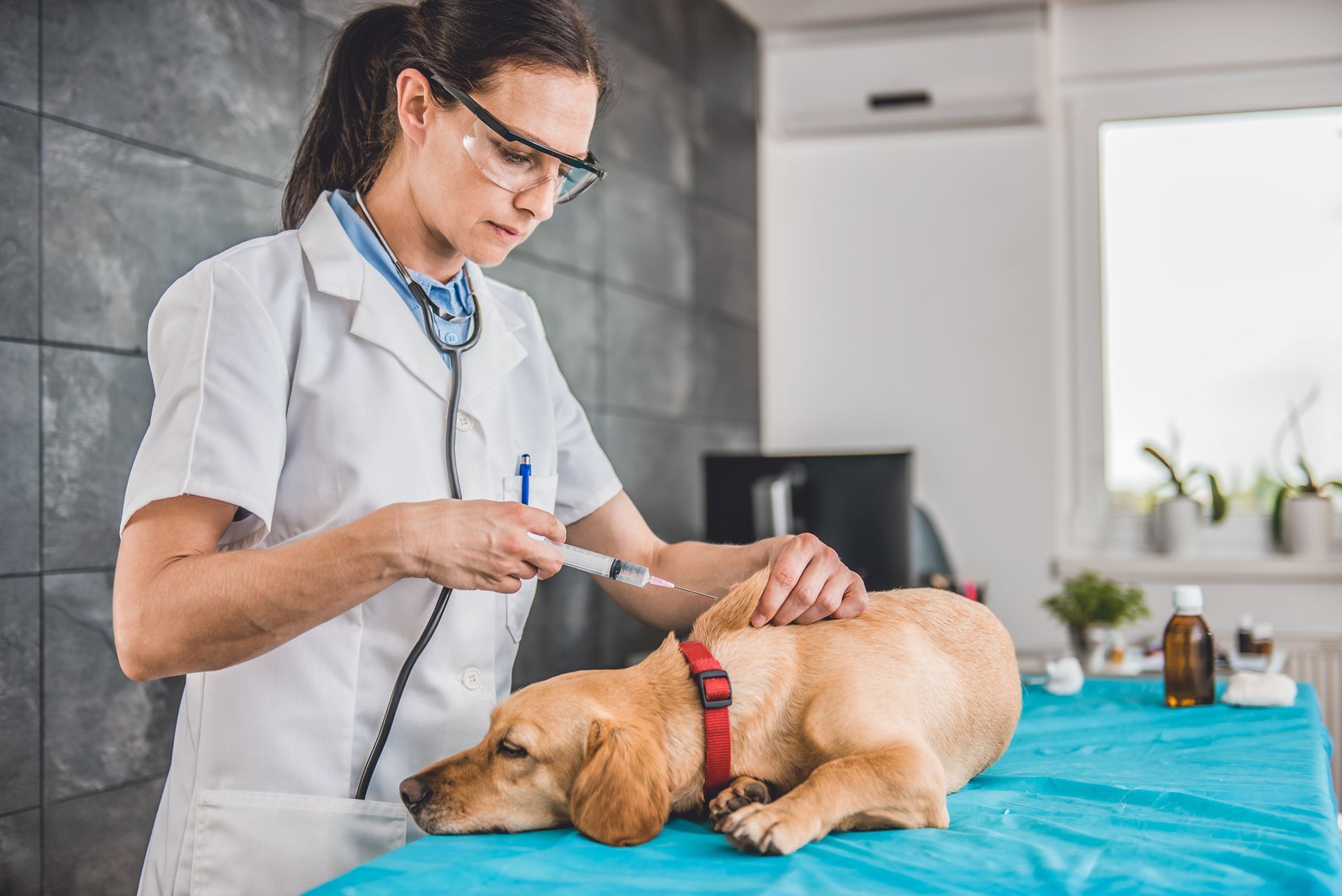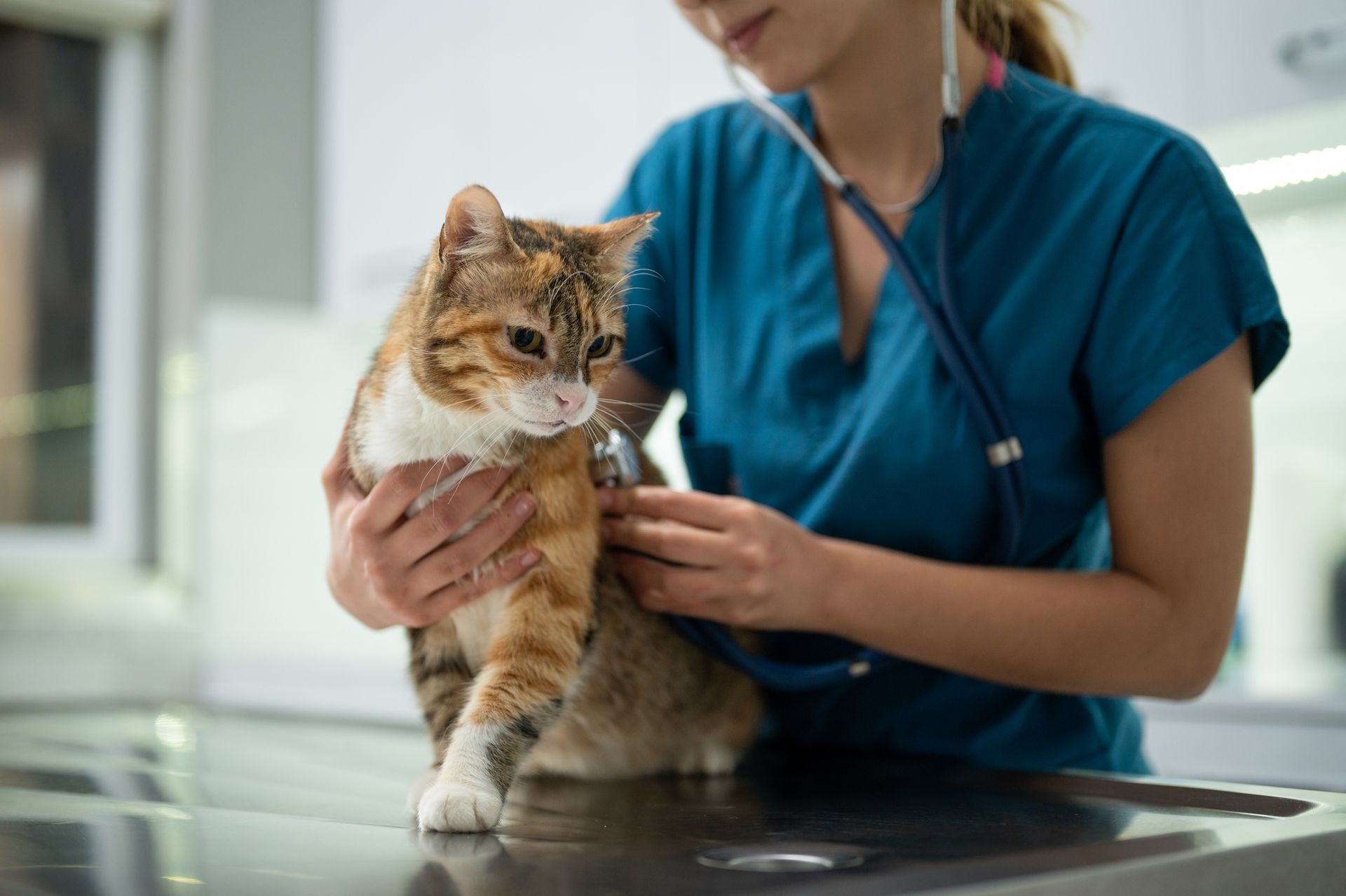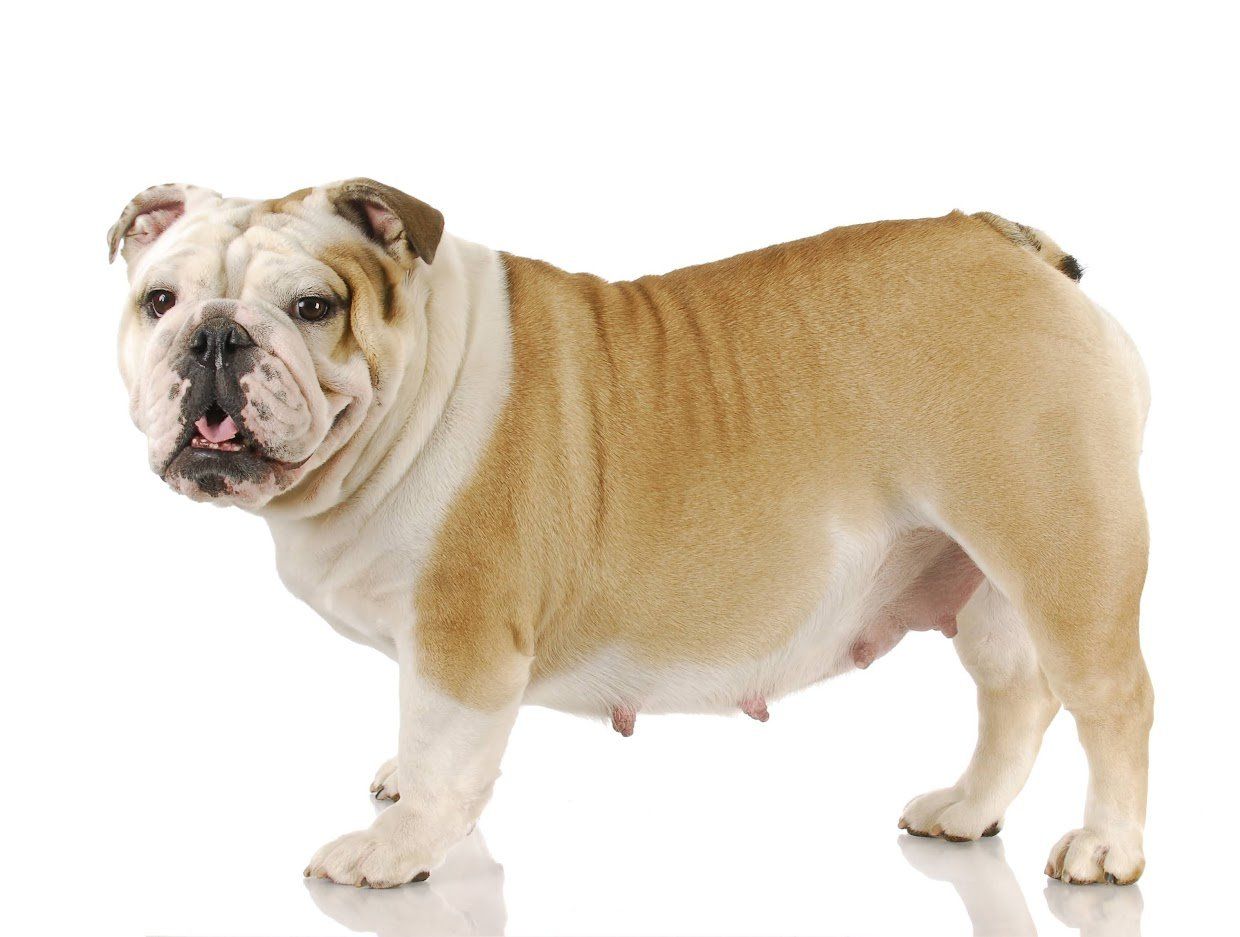Hypertension in Dogs and Cats: FAQ
Admin • March 1, 2021

Pets such as cats and dogs often show some remarkable similarities to humans, not only in their attitudes and behaviors but also in their health and wellness challenges. One such challenge, hypertension (high blood pressure) can slowly damage your pet's organs if you allow it to go unaddressed.
The first step in protecting your pet against the effects of hypertension involves an understanding of why it develops, what threats it can pose, and how to pursue the appropriate evaluations and treatments. Take a look at the answers to some frequently asked questions about dog and cat hypertension.
What Counts as Hypertension in a Pet?
In hypertension, blood flows through an animal's arteries with too much force for those blood vessels to handle safely or easily, like too much water pushing through a narrow garden hose. Systolic pressure involves the pressure when the heart beats. Diastolic pressure involves the pressure level between heartbeats.
Veterinarians measure blood pressure in terms of systolic over diastolic millimeters of mercury (mmHg). However, normal dogs and cat blood pressure may reach higher levels than normal blood pressure for humans. Readings higher than 160/100 mmHg indicate hypertension in these animals.
How Does Hypertension Affect Your Pet's Body?
Hypertension places an extra strain on the walls of a pet's arteries. This strain may cause blood vessel breakage and bleeding, especially in smaller, more delicate arteries. As the blood vessels leak, they may not deliver enough blood to the internal organs that require it.
Typical complications of uncontrolled hypertension include retinal, kidney, and heart damage. While many pets show no outward symptoms of hypertension, the complications may produce telltale signs such as impaired vision, dilated pupils, excessive thirst and urination, changes in behavior, nosebleeds, or bloody urine.
Why Do Pets Get Hypertension?
The two main categories of pet hypertension include primary hypertension and secondary hypertension. Primary hypertension typically has no known cause. Secondary hypertension may occur alongside underlying health problems such as diabetes, thyroid or adrenal gland problems, nerve disorders, and kidney disease.
Pets often face an elevated risk for hypertension as they grow older and start experiencing these secondary health challenges. Obesity presents another, surprisingly common contributing factor. An estimated 54 percent of dogs
and 59 percent of cats carry too much weight, increasing their risk for high blood pressure.
How Do Veterinarians Diagnose and Treat Hypertension?
Veterinarians use a variation on the familiar blood pressure cuff to check blood pressure levels and detect hypertension in dogs and cats. In these cases, the cuff may go around either a forelimb or the tail. Your veterinarian may take at least five readings, discarding the highest and lowest ones before averaging the others.
Treatment for cat or dog hypertension often involves two kinds of medications, calcium channel blockers and ACE inhibitors. When given together on a regular basis, these two drugs can help to lower blood pressure. Diuretics may provide additional benefits for pets whose hypertension stems from kidney trouble.
Your pet may also need medical treatment for any underlying conditions responsible for secondary hypertension. In addition to medication, your pet may need a special diet and/or exercise program to shed unwanted pounds and help regulate blood pressure.
How Can You Keep Your Pet From Getting Hypertension?
Although you can't necessarily prevent your dog or cat from developing hypertension, you can take some smart steps to reduce the risks as much as possible. Keep your pet active, watch its weight carefully (with the aid of periodic wellness exams), and feed it a balanced diet based on your veterinarian's recommendations.
Remember that underlying diseases and disorders can produce hypertension, just as hypertension can lead to systemic ailments. If your pet has a systemic health problem that might raise its risk for hypertension, get that condition treated sooner rather than later.
Baywood Animal Hospital has the answers to any systemic health problem your pet might develop, including hypertension and its associated ailments. Contact
our office to schedule a wellness exam and learn more about this condition.


